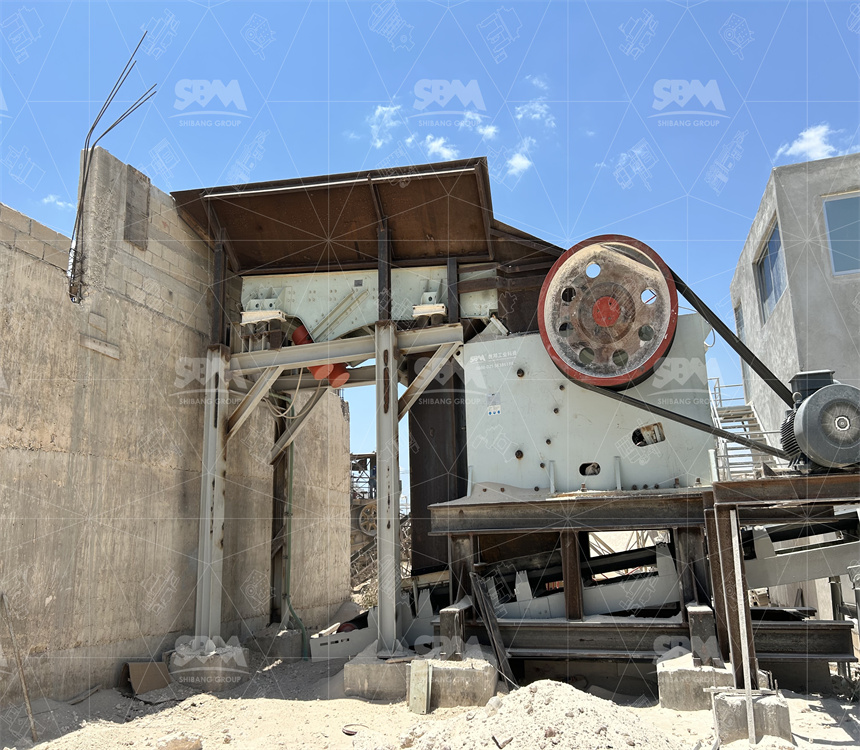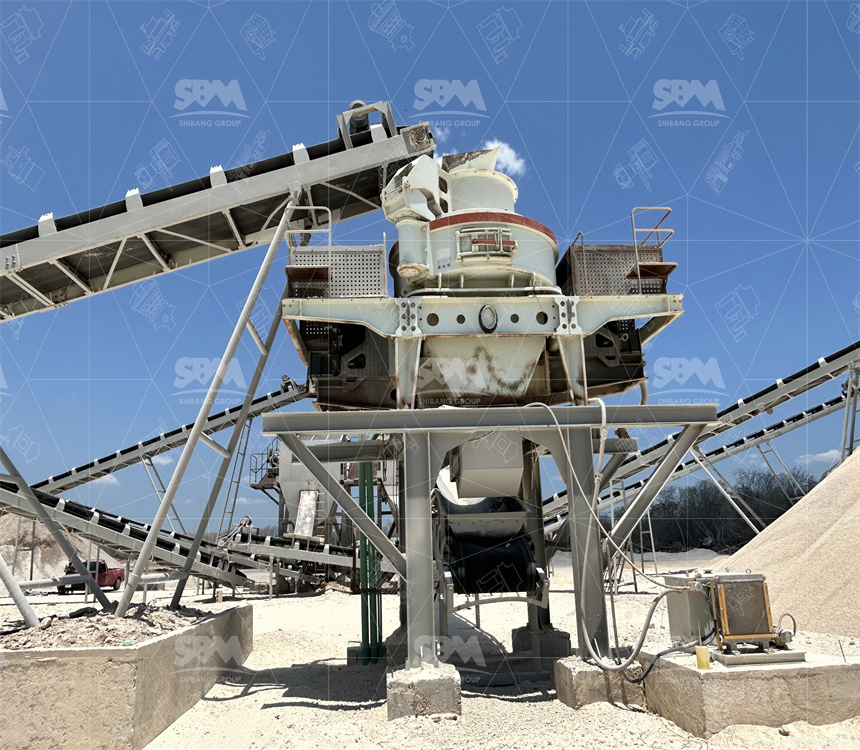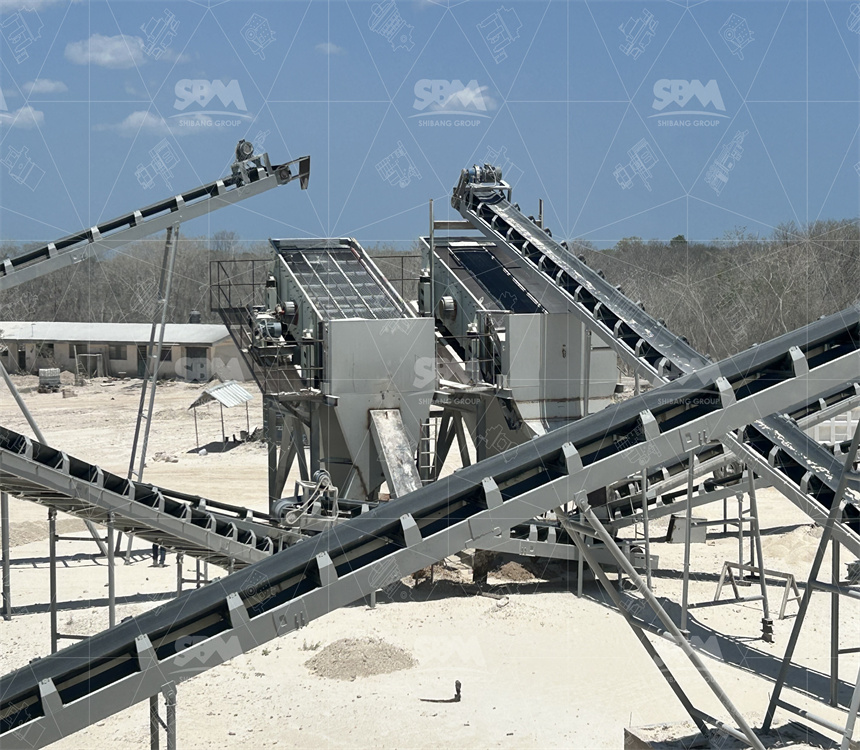Stone Crusher for Sale in Nigeria 50-200 TPH Quarry Plant
Author : Claire Last Updated : 2025-10-13
Summary—This comprehensive report explains the design, working principle, key parameters, and practical configuration of a 50-200 TPH stone crushing plant in Nigeria using SBM brand machines. It includes technical data, performance metrics, case analysis, and operational experiences from real quarry sites. The purpose is to guide quarry owners, contractors, or investors to select efficient and economical crushing equipment for local aggregate production.

-
1. Definition and Background
In Nigeria, quarry plants are mainly used to process granite, basalt, limestone, shale, and other hard stones. A stone crusher is mechanical equipment designed to reduce large rock pieces into smaller, more uniform aggregates. The production range of 50-200 TPH fits small to medium-scale quarry projects that supply construction, highway, and concrete industries. Demand for crushed stone in Nigeria continues rising due to infrastructure growth, and efficient crushing plants are essential for stable material supply.
-
2. SBM Main Equipment Overview
Based on SBM official technical data, the main equipment for a 50-200 TPH quarry line usually includes jaw crushers, cone crushers, impact crushers, sand makers, and vibrating screens.

- C5X Jaw Crusher – used for primary crushing. The movable jaw and fixed jaw compress materials through eccentric shaft motion. Feed size up to about 920 mm, output 70-870 TPH. Suitable for granite, basalt, limestone, and similar hard materials. Its higher crushing ratio (4–6) ensures uniform feed to secondary stages.
- PE Jaw Crusher Series – a classical primary crusher with simple structure, stable performance, and easy maintenance. Feed size up to 1020 mm, capacity 45-900 TPH. Best for the first crushing step in small to mid-scale quarries.
- HPT Multi-Cylinder Hydraulic Cone Crusher – used for secondary or tertiary crushing. Employs laminated crushing principle for better particle shape. Feed size up to 350 mm, capacity 45-1200 TPH. The hydraulic adjustment and overload protection reduce downtime and wear rate.
- HST Single-Cylinder Hydraulic Cone Crusher – combines mechanical, hydraulic, electrical, and control technologies. Feed size up to 560 mm, capacity 27-2185 TPH. Excellent for fine crushing of medium-hard materials, with automatic cavity cleaning and CSS adjustment.
- CI5X Impact Crusher – suitable for medium-fine crushing and shaping. Uses high-speed rotor and optimized chamber geometry. Capacity 110-2100 TPH. Delivers cubic aggregates ideal for concrete or decorative stone.
- VSI6X Sand Maker – impact-type sand making machine. Capacity 60-520 TPH. Produces well-graded manufactured sand with superior shape and consistent size, suitable for road or concrete industries.
- SMP Modular Crushing Plant – pre-assembled modules with flexible layout, capacity 70-425 TPH, feed size 350 mm. Ideal for fast deployment or limited-infrastructure sites.

-
3. Key Technical Parameters Explained
When selecting crushing machines, understanding the technical parameters is essential:
- Reduction Ratio: Ratio between feed and product size. Higher ratios provide finer products but may increase energy cost. Typically, primary crushers deliver 4-6:1, secondary cone crushers 3-5:1, and VSI units achieve up to 10:1 for sand making.
- Cavity Design: Different cavity types (coarse, medium, fine) control product gradation. HPT and HST crushers allow interchangeable liners, offering flexibility for different aggregate requirements.
- CSS/OSS (Closed & Open Side Setting): CSS defines minimum discharge opening and directly affects output size. OSS defines max feed size. Adjusting CSS between 20–40 mm provides stable 10-30 mm aggregates.
- Eccentric Speed & Stroke: In cone crushers, eccentric rotation generates compression force. Optimized eccentric throw and speed improve reduction efficiency and liner life. SBM’s automatic hydraulic control maintains balance between speed and load.
- Motor Power Matching: Each SBM crusher has a specific motor power range. Correct matching prevents over-loading or under-driving. HST series, for instance, supports high torque motors for hard rock applications ensuring smooth continuous operation.
-
4. Operational and Field Case Studies
Real engineering projects illustrate how SBM equipment performs under actual quarry conditions.
-
Case A: 200 TPH Limestone Crushing Line in Zhejiang
Material: limestone; feed size 700 mm; output 200 TPH. Configuration: 1× PE1000×1200 jaw crusher + 2× PFW1315III impact crushers for shaping. Product size: 0-5 mm, 5-10 mm, 10-31.5 mm. Energy consumption reduced 8-12% vs conventional setups. Monthly downtime less than 2 incidents. Jaw plates replaced every 700 h; hammer heads every 500 h. Fault frequency < 1%. Excellent particle uniformity within ±2 mm tolerance.
-
Case B: 180 TPH River Pebble Portable Crushing Plant, Malaysia
Material: river stone, moderate hardness; feed 750 mm. Equipment: NK Portable Crushing Plant rated 500 TPH but operated at 180-200 TPH stable. Products: 0-5, 5-10, 10-20 mm. Transportability and modular setup reduced installation period to 4-6 weeks. Jaw plate lifetime ~500 h, screen meshes 400 h average. Energy efficiency 10-15% higher than stationary plants.
-
Case C: 150-200 TPH Tuff Aggregate Plant
Feed: tuff rock, moisture 4-6%. Equipment: C6X jaw + HPT cone + VSI6X sand maker. CSS adjusted to 30-40 mm for target output 0-5-10-22 mm. Power consumption around 30 kWh/t. Maintenance intervals: jaw plates 550 h, cone liners 750 h, VSI wear parts 350 h. Plant downtime below 2%. Output quality met premium concrete grade standard.

-
5. Selection Procedure & Decision Tree
Choosing the correct combination for a 50-200 TPH Nigerian quarry plant involves logical steps:
- Identify raw material hardness and moisture. For sticky or wet clayey rocks, combine impact or VSI crusher for better cleaning. For hard stones like granite, use jaw + cone configuration.
- Define feed and final product sizes. If max feed ≈ 800 mm, primary crusher inlet ≥ 900 mm. For fine aggregate below 20 mm, three-stage setup (jaw + cone + VSI) recommended.
- Determine capacity & running hours. For 100-150 TPH continuous operation 8 h/day, choose equipment with ~20% spare capacity to prevent overload.
- Analyze energy & wear cost. HPT and HST hydraulic protection reduce damage from overload and cut maintenance expenses by ~20% yearly.
- Consider logistics & power conditions. Modular or portable designs like NK or SMP suit remote areas lacking grid stability, minimizing civil cost.
- Verify brand certification & service. SBM products comply with ISO safety & material standards and have spare parts availability across regions.
-
6. Drive Matching & Economic Evaluation
Power configuration influences both efficiency & cost.
- Motor Power: C5X jaw requires several hundred kilowatts at 70-200 TPH. Adequate flywheel inertia prevents vibration and improves throughput.
- Energy Consumption: Average electricity use 25-40 kWh/t depending on hardness. Limestone lines consume ~22 kWh/t; basalt may reach 40 kWh/t.
- Screening & Recirculation: Proper mesh design minimizes oversize return, keeping load stable and reducing power by 5-7%.
- Maintenance Cycles: Non-critical faults occur once or twice monthly (e.g., liner loosen, bolt wear). Major overhaul rarely needed. Typical liner life: jaw 700 h, cone 800 h, VSI rotor tips 350 h.
-
7. Comparative Technical Data
The following table summarizes typical parameters of SBM crushers within 50-200 TPH range.
Model Comparison
| Model |
Max Feed Size (mm) |
Capacity (TPH) |
| C5X Jaw Crusher |
≈ 920 |
70-870 |
| PE Jaw Crusher |
≈ 1020 |
45-900 |
| NK Portable Plant |
≈ 750 |
100-500 |
As shown, both C5X and PE jaw crushers suit 50-200 TPH operation. For finer output and shaping, HST or HPT cones and VSI sand makers should be integrated accordingly.
-
8. Engineering Insight and Expert Opinion
After decades in international quarry operations, I strongly recommend the following configuration for Nigeria’s 50-200 TPH projects:
- Primary stage: C5X or PE jaw crusher to handle feed 600-900 mm. Robust frame, easy maintenance, and large eccentric throw ensure efficiency.
- Secondary stage: HPT or HST cone crusher for consistent mid-size aggregates; VSI6X for final shaping if high cubicity is required.
- Structure: modular and transport-friendly design preferred, suitable for varying terrain and limited power supply conditions.
- Maintenance and energy economy: consider wear life, availability of spares, and actual energy bills. Equipment with automatic control and hydraulic adjustment yields lower total cost of ownership.
Overall reliability and after-sales service are decisive. SBM equipment’s balance between performance, cost, and service accessibility makes it an excellent choice for Nigerian quarry operators.
-
9. Keyword Expansion for SEO
To enhance Google indexing and LinkedIn visibility, include these core search phrases:
- stone crusher for sale in Nigeria
- 50-200 TPH quarry plant
- jaw crusher price Nigeria
- cone crusher Nigeria
- sand making machine Nigeria
- portable crusher plant Nigeria
Consistent keyword optimization, concise sentences, and strong confidence tone improve search ranking. Ensure each section answers practical queries about plant performance, cost, and reliability.

-
Building a 50-200 TPH stone crusher plant in Nigeria requires deep understanding of material behavior, crusher design, and site logistics. By selecting the right SBM machines—C5X jaw, HPT or HST cone, and VSI sand maker—operators achieve high-quality aggregates, reduced downtime, and lower operating costs. These solutions reflect proven engineering, verified data, and decades of quarry experience.
If you are planning to start or upgrade a quarry plant in Nigeria, contact professional engineers for customized configurations, production estimation, and service consultation. A well-designed SBM plant ensures efficiency, durability, and outstanding profitability under Nigerian operating conditions.





